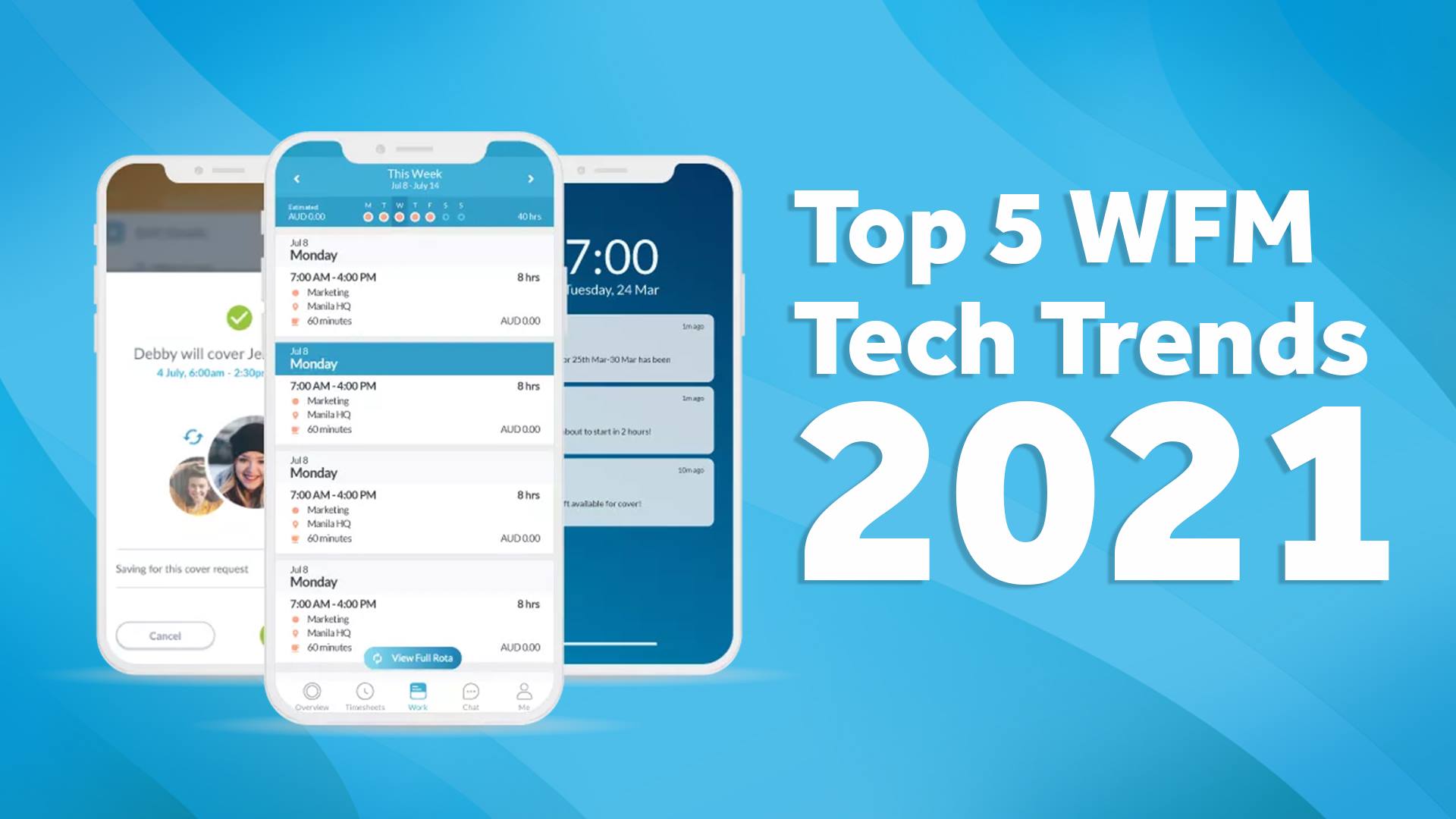Summary
-
Former cooks at Salt Bae’s New York steakhouse sue for unpaid overtime
-
Fair Labor Standards Act classifies over $913 a week as exempt from overtime pay
-
Organizations should not overlook the importance of tracking salaried employee time and attendance
The fateful day has finally arrived; our beloved meat-mincing and salt-slinging internet hero Salt Bae, also known as Nusret Gökçe to his parents, has fallen out of the good graces of online society.
First launched into internet stardom in 2017 via a viral video of him eccentrically sprinkling salt onto strips of freshly sliced steak, Gökçe has since built an empire for himself out of artisanal steakhouses and social media influence. This empire started to crumble on August 9, however. Five of Gökçe’s former employees just sued him for denying them overtime pay after they consistently worked 70-90 hour weeks.
These are some excessive hours to work with no overtime pay, even for steakhouse grillers. So what happened? Well, unlike many in the restaurant industry, the five employees were salaried. They made $1,125 a week, or around $58,500 a year. The chain also classified the grillers’ positions as managerial so as to avoid paying them for overtime.
Citing the Fair Labor Standard Act, the lawsuit claims that Gökçe’s restaurant owes the five salaried employees overtime pay for consistently working them over 40 hours a week in positions misleadingly designated as managerial in nature.
Crazy stuff right there. Who knew that such a suave, sunglass-wearing, meat connoisseur could have incredibly manipulative intentions behind closed doors? Where is the outrage? Shall the public riot?
Not so fast.
It is worth understanding what the Fair Labor Standards Act actually says about overtime for salaried employees. As of 2016, only salaried employees who make up to $913 per week, or $47,476 per year, qualify for overtime pay. If an employee makes more than this, they are classified as exempt from overtime pay. Taking what we know from this recent lawsuit against Gökçe, it is clear that the former grillers made over $47,476 a year in salary, meaning that they are potentially exempt from overtime pay according to the Fair Labor Standards Act.
But wait, there’s more.
On the other hand, the FLSA provides an exemption, of sorts, to…the exemption. You see, the $913 per week ceiling only applies to “white-collar” workers – people in executive, professional, or managerial roles according to Maduff & Maduff, LLC. The FLSA says that “blue-collar” salaried employees can still qualify for mandatory overtime pay no matter how much they make in salary. Blue-collar in this case is defined by the FLSA as “workers who perform work involving repetitive operations with their hands, physical skill and energy.” Examples would include carpenters, electricians, mechanics, plumbers, ironworkers, craftsmen, etc.
So, the natural question is this: are artisanal steak grillers technically blue-collar workers?
Well, I don’t know. I will let the lawyers bicker over the answer in the coming weeks. What I do know, however, is that this whole mess brings up an interesting subject regarding how employers track time and attendance for their salaried employees.
You see, it was revealed that Gökçe’s restaurant chain did not keep records of the five mens’ working hours or wage statements throughout their employment. Obviously, this negligence does not help matters for the chain. When labor lawsuits like this come up, a company must have access to a paper trail that shows how many hours employees have worked and how much they have received in pay. Now, this practice may seem obvious for hourly employees; however, it is not so obvious for salaried workers.
Reasons for tracking salaried employee hours
Automated workforce management solutions should not be seen as exclusive to hourly workers; they can encompass all aspects of a company in any industry. Whether your salaried employees are exempt from overtime pay or not, you should consider attempting to track all their hours worked. While I should note that legally you are not required to do so, it still may be beneficial for your company. Here are a few reasons why:
One: Overtime Pay
This one is straightforward. If you have salaried employees who make $47,476 a year or less, they are non-exempt and legally entitled to overtime pay whenever they work over 40 hours a week. Using an automated time and attendance system like Workforce.com allows for companies to accurately and easily track how many hours all employees work, both hourly and salaried.
Also Read: Management tips on overtime equalization and tracking hours
Two: Paid Time Off
If your employees receive PTO as part of their salaries, tracking daily time and attendance is essential for figuring out how much time they accrue as well as how much they have used.
Also Read: Managing employee time-off requests: A guide for business owners
Two: Labor Compliance
In the event of a lawsuit, you want to be sure you have records of how salaried employees have been compensated and classified. Without proof of good practice, a business is extremely vulnerable to legal trouble. Moreover, labor laws are constantly changing; it is a company’s responsibility to stay up to date on them. For instance, the FLSA policy on the ceiling for mandatory overtime is going to be subject to change every three years. If you are accurately tracking your salaried employees’ hours, you will be much better prepared for future changes to the overtime exemption ceiling.
Three: Understanding Labor Costs
Since salaried employees don’t have clear-cut hours they need to work, it can be hard to track when they arrive, leave, and how much value they provide to the firm relative to the amount of compensation they receive. By keeping time and attendance records via an automated workforce management platform, managers can get a clearer understanding of their labor costs as well as employee productivity. Just keep in mind that legally, this can not lead to reductions in pay. Tracking hours like this should simply be used as a device for understanding employees and improving productivity.
Also Read: How to reduce labor costs and attract quality staff in a post-Covid market
Four: Employee Burnout
Similar to identifying labor costs, knowing how many hours salaried employees are working as well as the times they start and stop work is important to managing employee burnout. An exhausted and stressed employee working odd hours is never good for productivity or company culture.
Five: Internal Communication
Using workforce management software to track salaried employee hours also opens the door for rich communication options. With Workforce.com, employees and managers alike can easily message one another, receive instant notifications, and give feedback on a vast array of subjects. Having a transparent and unified system to track time and attendance allows for salaried employees and managers to be on the same page regarding hours worked; this leads to open and honest internal communication.
These are only five simple ways tracking time and attendance for salaried workers can benefit a company. To discover if this is something that might work for you, it may be worth chatting with a representative or booking a free trial.
Let’s all learn from Salt Bae. Nobody, even a peak internet meme persona, can evade common workforce management issues all on their own. Give time and attendance tracking for salaried employees a try with Workforce.com.







